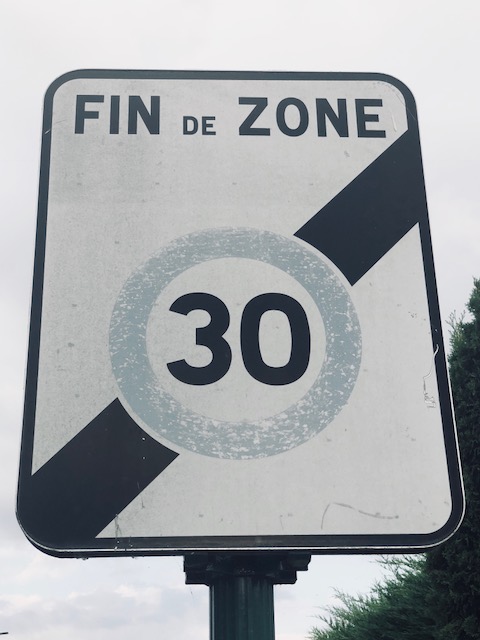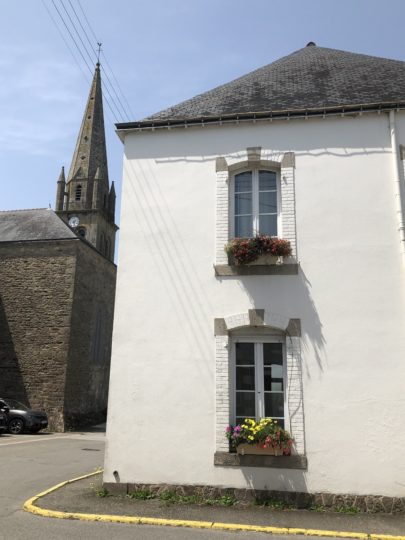There’s sad news for anyone (like me) who likes to drive fast. As of July 1st, the speed limit on two-way roads with no median divider has been lowered from 90 kilometers per hour to 80 kilometers per hour, unless otherwise marked.

For those new to driving in France, you might think, “What? Unless otherwise marked?” Yes, in France there are default speed limits. This is why you’ll see a sign as you leave a town that has, for example, a crossed-out 50. The speed limit is no longer 50. Super helpful to know what it’s not if you don’t know what it *is*. But before your next road trip, take a look at the defaults here. Actually, I’m going to assume the French government is OK with me copying their online chart here in the name of public safety:
***
| Voie de circulation | Règle générale | Par temps de pluie | |
|---|---|---|---|
| Règle générale | Jeune conducteur | ||
| Autoroute | 130 km/h | 110 km/h | 110 km/h |
| Route à 2 chaussées séparées par 1 terre-plein central | 110 km/h | 100 km/h | 100 km/h |
| Section de route comportant au moins 2 voies affectées à un même sens de circulation | 90 km/h | 80 km/h | 80 km/h |
| Route à double-sens, sans séparateur central | 80 km/h | 80 km/h | 80 km/h |
| Agglomération | 50 km/h | 50 km/h | 50 km/h. |
***
Note, default speed limits are lower for novice drivers (usually the first 3 years), and for everyone when it’s raining.
Apparently the new measures affect 400,000 kilometers of roadways or 40% of the roads in France. The change is designed to save gas money and moreover lead to safer roads.
I’d still rather just get there faster.
Read more about my experience getting a French driver’s license here.



